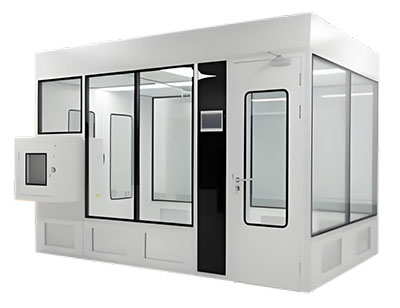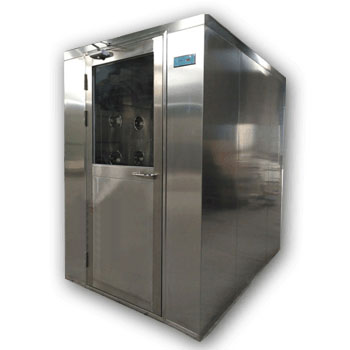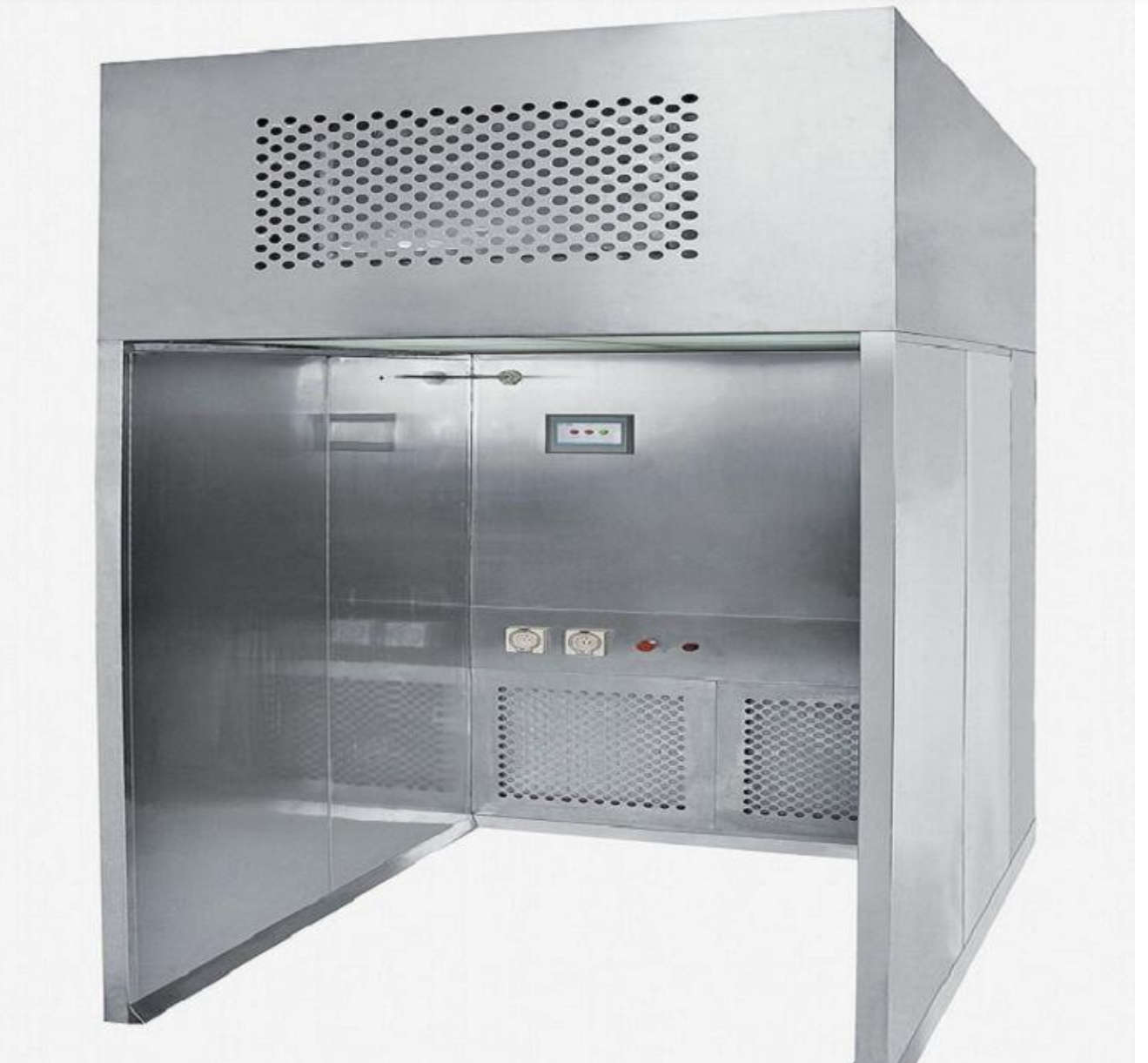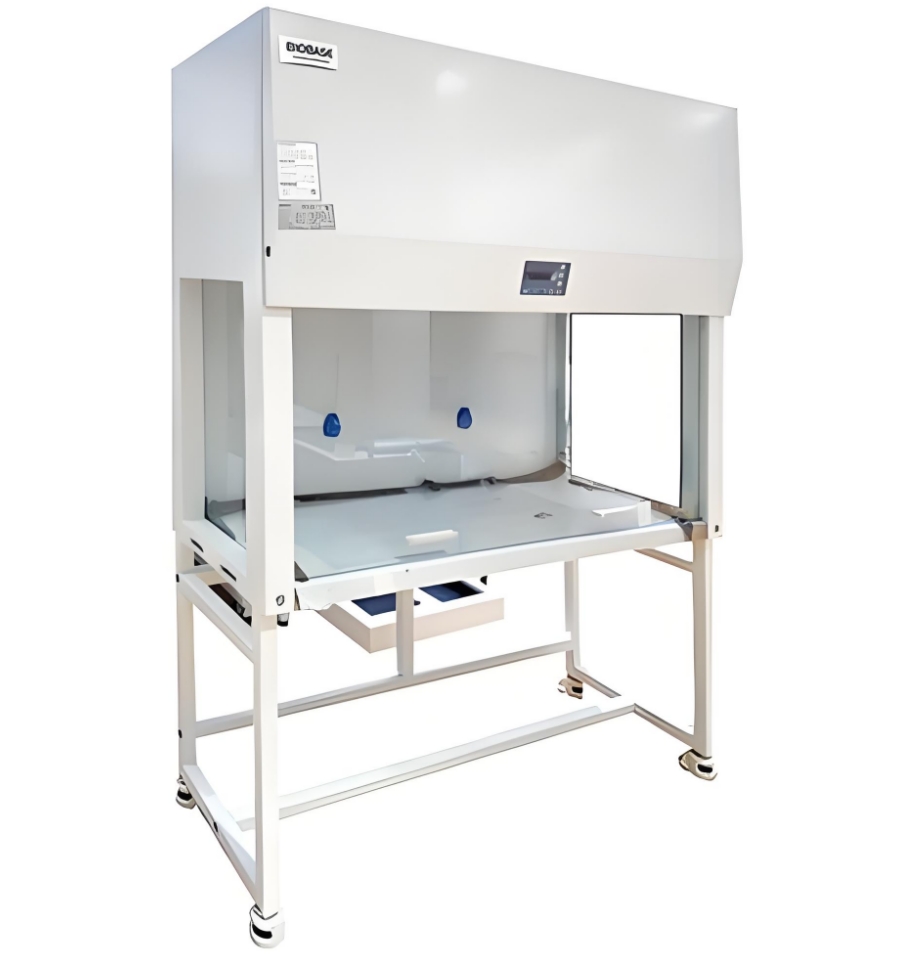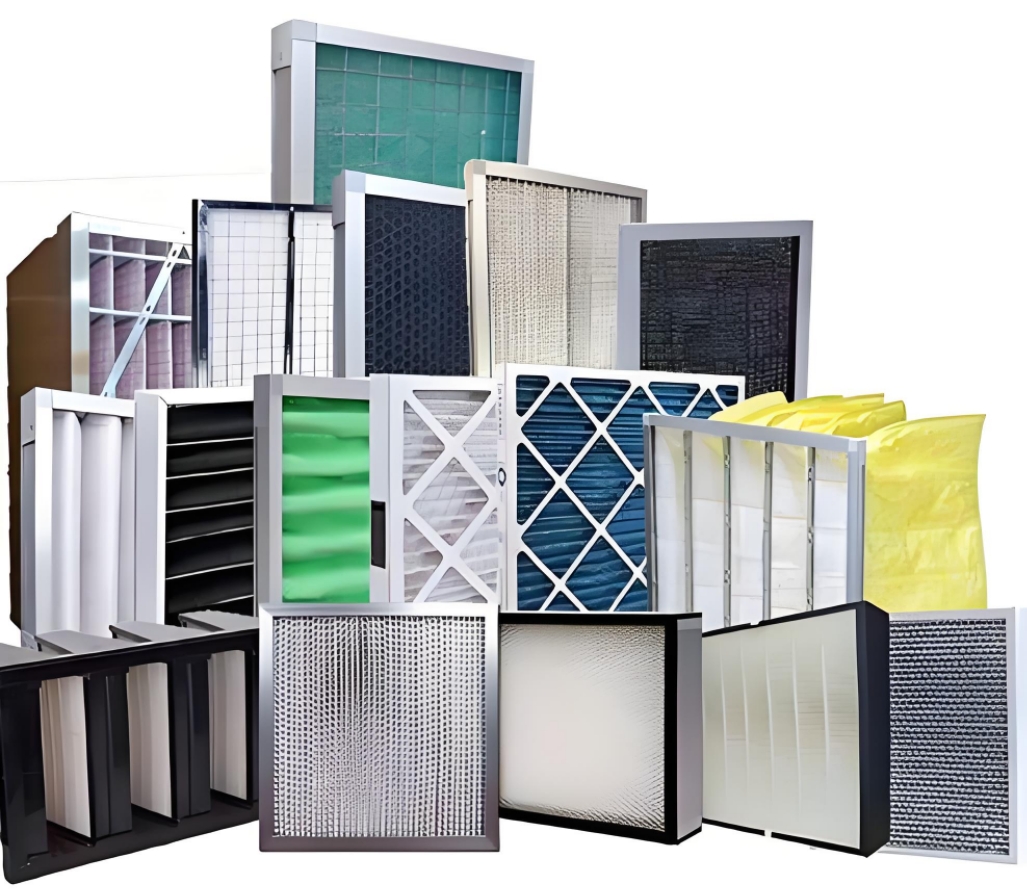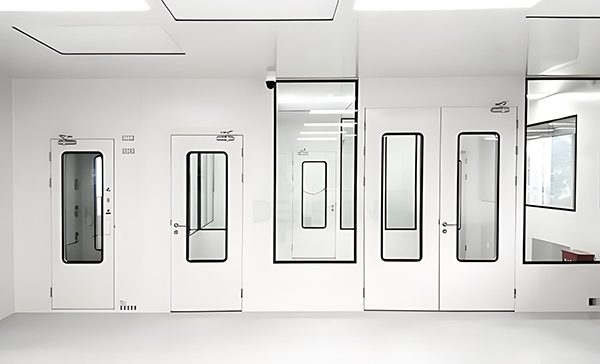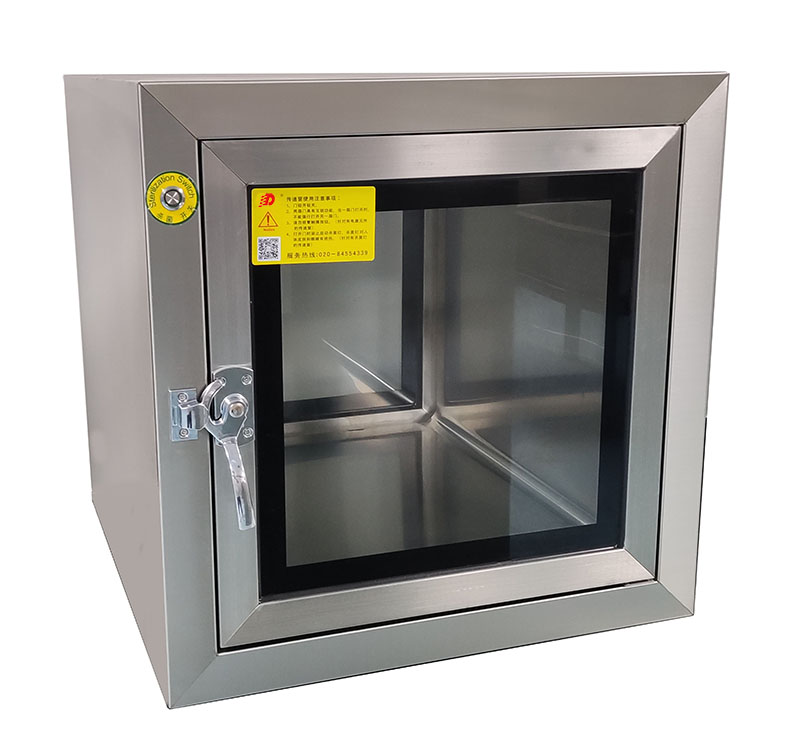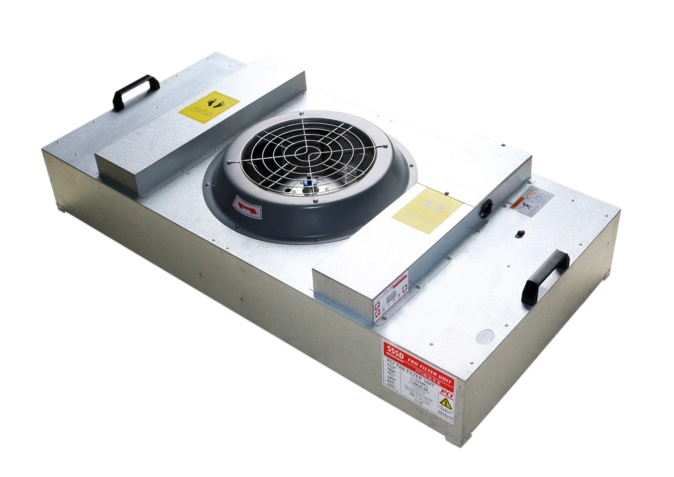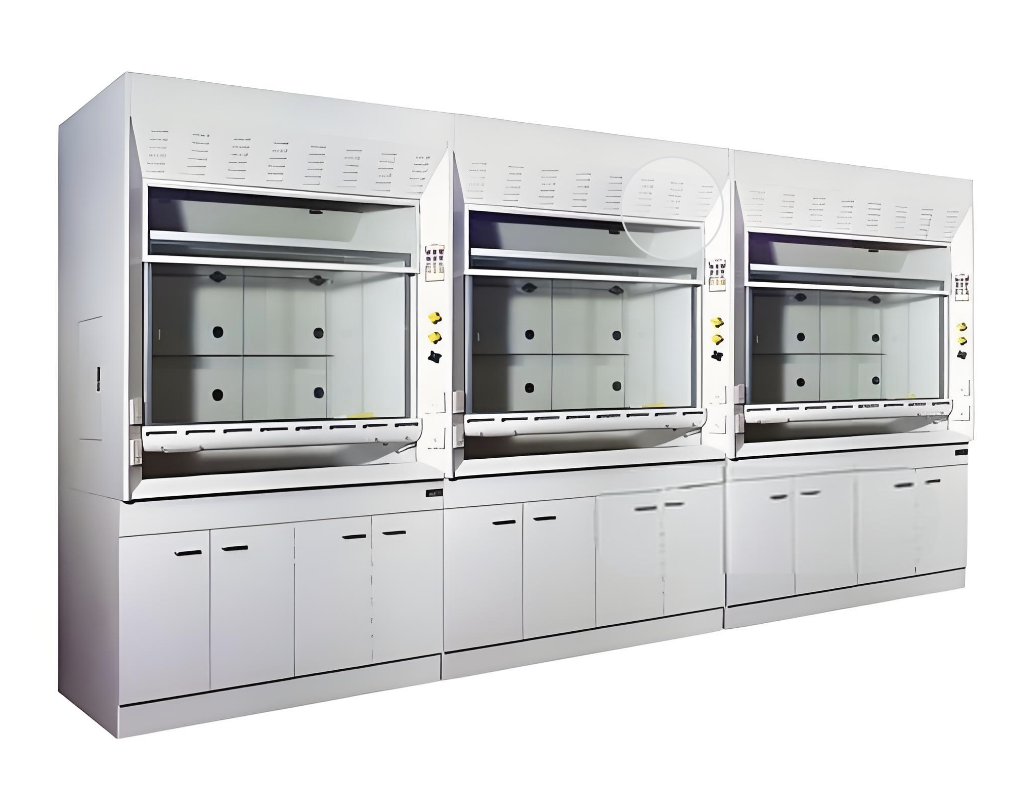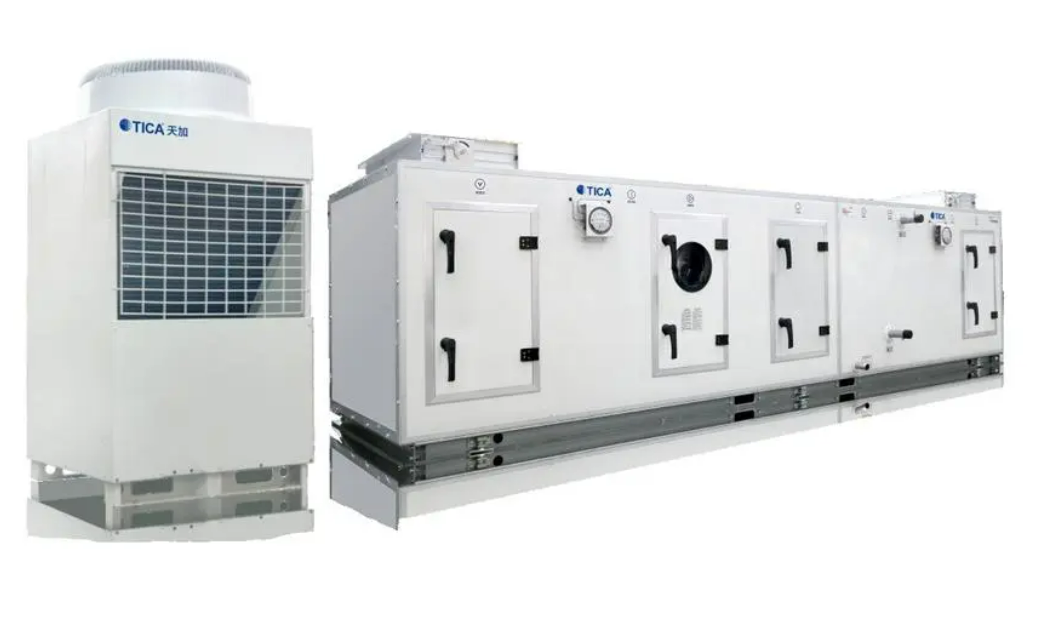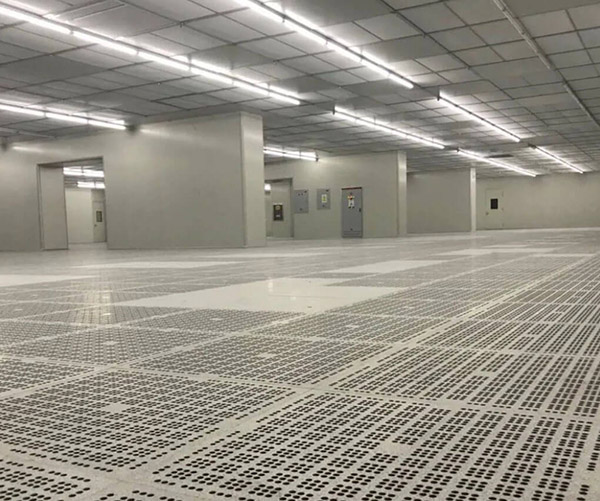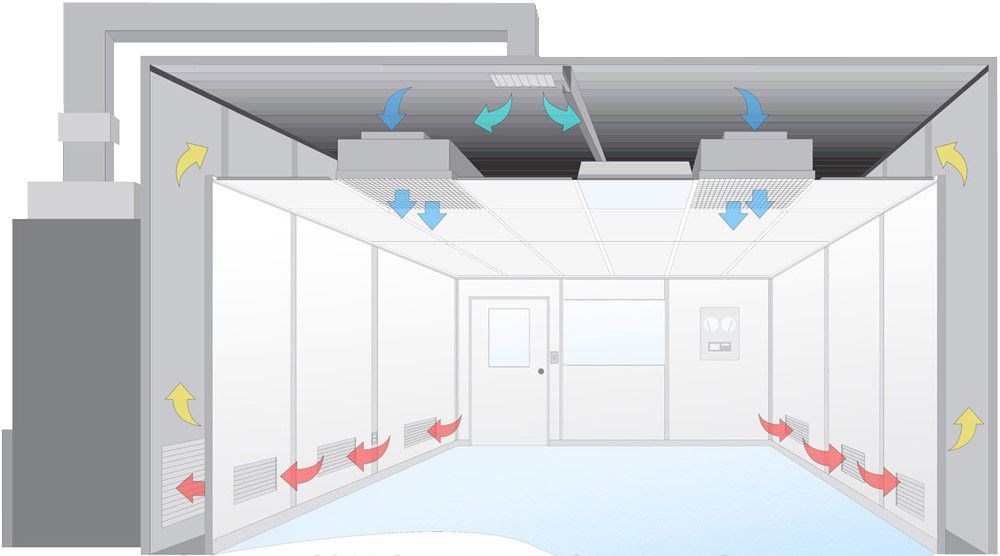Introduction
These regulations establish the standards for Clean room management in healthcare product manufacturing facilities. Compliance ensures product safety, prevents contamination, and maintains the integrity of the manufacturing environment.
Scope
Applies to all personnel, materials, and procedures within Class 100,000 Clean room environments for healthcare product manufacturing.
Objective
To minimize contamination risks and ensure consistent product quality through strict environmental controls and personnel protocols.
1. Use of Clean Room
1.1 Production Personnel Entering the Clean Room
1.1.1 Training Requirements
All staff must receive clean technology training covering the relationship between clean technology and preparation production. Personnel must understand and comply with all clean room regulations.
1.1.2 Personal Hygiene & Attire
- Maintain strict personal hygiene
- No makeup, watches, or accessories
- Wear cleaned and disinfected area-specific work clothes
- Follow "Standard Procedures for Personnel Entering and Exiting"
1.1.3 Cleanroom Garments
- Low dust-collection materials
- Non-shedding, anti-static, wrinkle-resistant
- Cleaned and disinfected after each production cycle
- Maintain detailed cleaning records
1.1.4 Personnel Control
Limit operators to the specified maximum number. Implement fixed-position operations for each process.
1.1.5 Operational Conduct
- Move gently and minimize talking
- Avoid unnecessary movements
- Follow standard operating procedures strictly
- Prohibit non-production activities
- Avoid dust-generating actions (scratching head, fast walking, running)
1.2 Materials Used in Cleanrooms
1.2.1 Material Handling Procedures
All materials and utensils must comply with "Standard Operating Procedures for Materials Entering and Leaving Clean Areas".
1.2.2 Restricted Items
Prohibit dust-generating items: pencils, erasers, pens. Use ballpoint or signature pens for documentation.
1.2.3 Container Requirements
Raw material containers must be cleanable or disposable with sealed covers. Ensure contamination-free transportation.
1.2.4 Material Tracking
- Collect materials according to production instructions
- Seal leftover materials immediately with unsealing dates
- Verify records before reusing unsealed materials
- Maintain material balance cards for collection, consumption, and inventory
1.2.5 Production Setup
Before starting production, verify equipment and instruments are clean with no residue from previous batches.
1.2.6 Zone Restrictions
Operators must not cross between clean level areas without following proper changing procedures and garment protocols.
2. Hygiene Maintenance in the Clean Room
2.1 Surface Cleaning
- Wipe doors, windows, walls, and equipment exteriors with drinking water
- Scrub floors, waste containers, floor drains, and drainage systems
- Remove production waste promptly
2.2 Comprehensive Cleaning
- Fully wipe work surfaces, walls, ceilings, lighting, and Ventilation systems
- Disinfect rooms based on bacterial inspection results
- Establish disinfection cycles according to monitoring data
2.3 Disinfection Protocol
Rotate disinfectants every two weeks between:
0.02% Chlorhexidine
75% Ethanol
3. Cleanroom Cleanliness Management
3.1 Pre-Production Checks
Ensure facility and equipment integrity to maintain cleanliness standards before production begins.
3.2 Environmental Controls
Maintain HVAC operation to ensure proper temperature, humidity, and pressure differentials between clean zones.
3.3 Cleanroom monitoring (Class 100,000)
| Parameter | Frequency | Tool | Location | Standard |
|---|---|---|---|---|
| Temperature & Humidity | 1x per shift | Thermostat/Hygrometer | Indoor | 18-26°C |
| Air volume & Speed | 1x per month | Anemometer | Air inlet | ±15% of target |
| Pressure | 1x per month | Differential gauge | Indoor/outdoor | 25MPa |
| dust particles | 1x per quarter | Particle counter | Key points | ≥5μm: ≤20,000/m³ ≥0.5μm: ≤3.5M/m³ |
| Settling Bacteria | 1x per month | Φ90mm plate | Key points | ≤10 CFU/plate |
3.4 Safety Systems
Establish comprehensive safety systems including fire protection, emergency response, and adequate lighting.
3.5 Air System Maintenance
Follow "Air Conditioning Purification System Operation and Maintenance Regulations" for system upkeep alongside daily management.
4. Management of Non-Clean Room Staff
4.1 Maintenance Personnel
Must notify department head and wear designated maintenance cleanroom garments before entry.
4.2 External Visitors
Require supervisor approval and must wear appropriate cleanroom attire before entering.
Compliance is Mandatory
All personnel must strictly adhere to these regulations to maintain cleanroom integrity and product quality.
 +86 18186671616
+86 18186671616 Jason@cleanroomequips.com
Jason@cleanroomequips.com
 MENU
MENU

